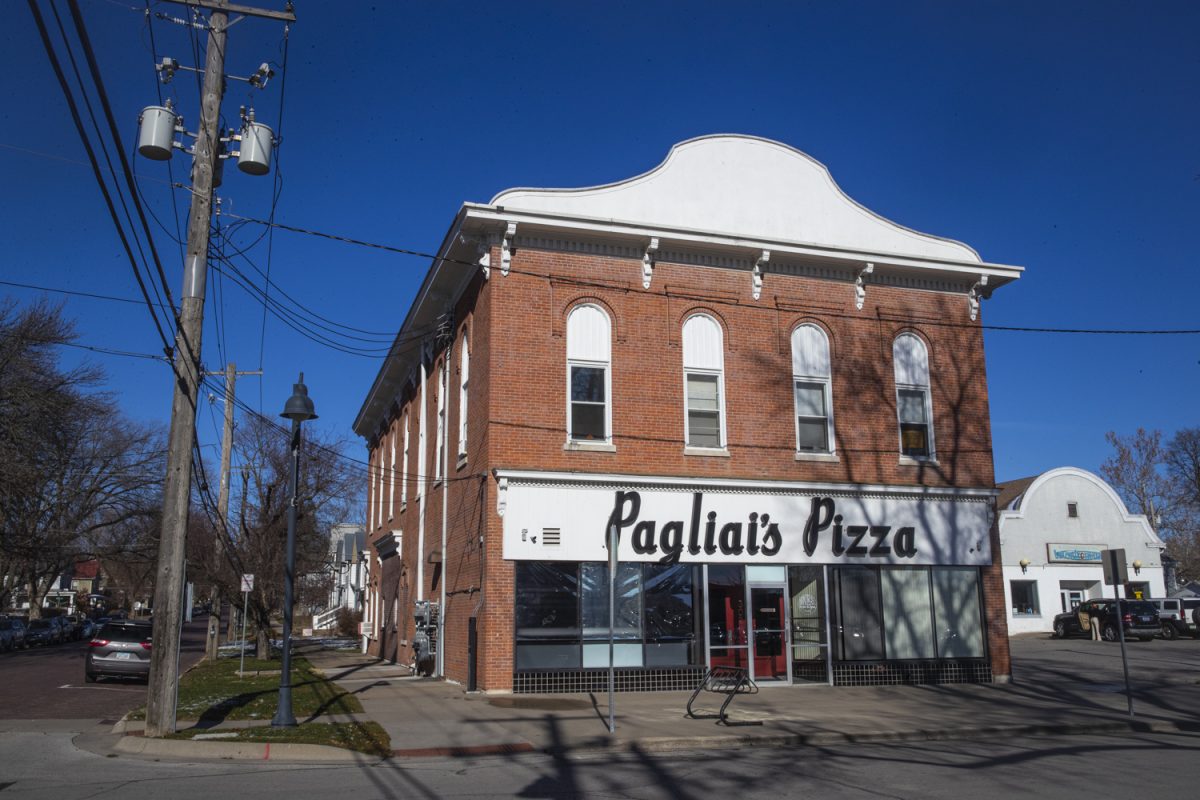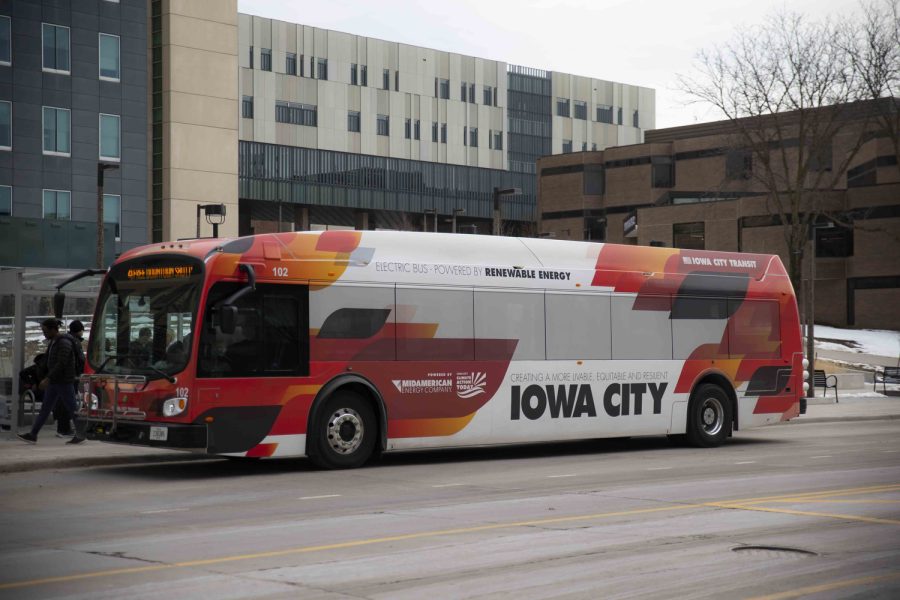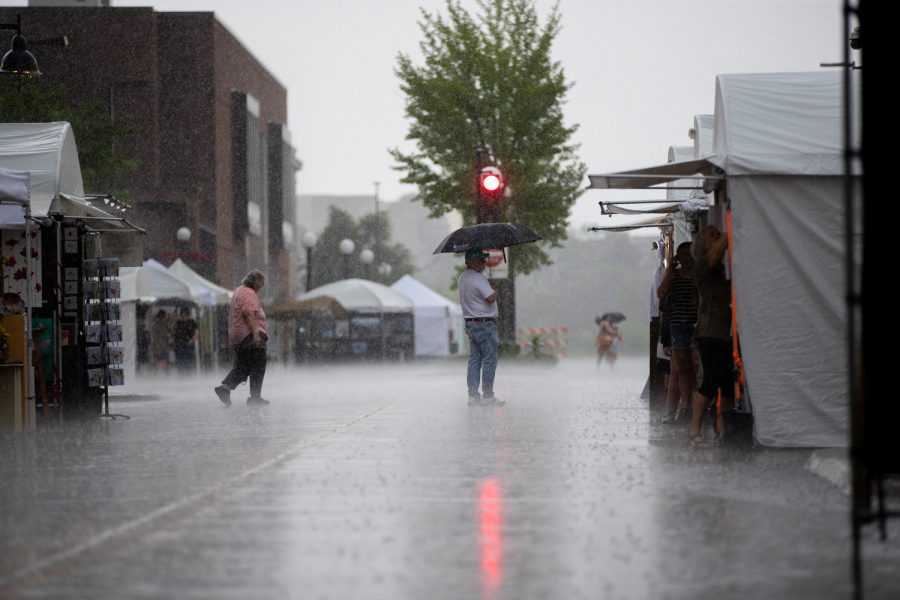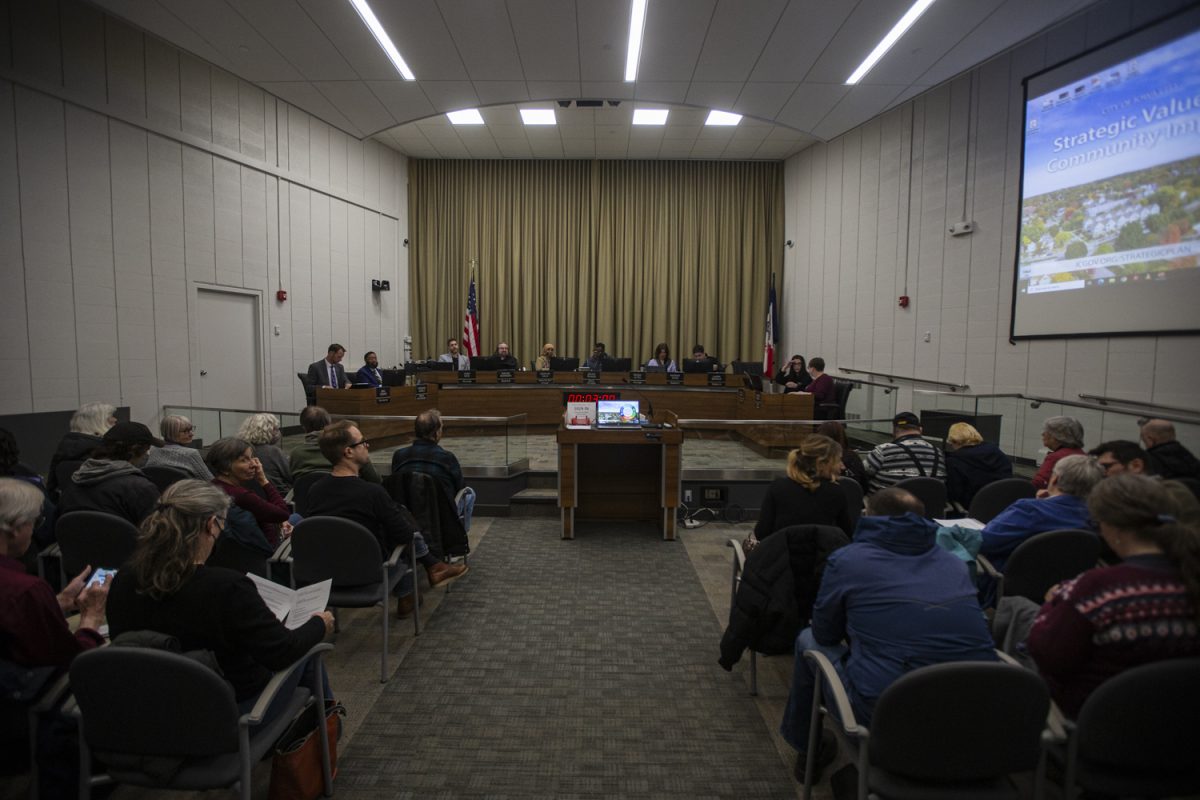An organization aiming to craft public green spaces in the city is set to celebrate a big milestone — Project GREEN will turn 50 on March 29.
Project GREEN, a citizen-volunteer nonprofit organization, invests in beautifying and maintaining public landscapes. It has contributed $2 billion for more than 30 projects in the area since 1968. Some major areas that the group maintains are medians on Iowa Avenue as well as Melrose Avenue, North Dubuque Street, and other areas.
Outside of streets, Project GREEN also provides landscaping assistance for Iowa City public schools and works with the city.
Cindy Parsons, one of the co-presidents of the organization, said she is amazed by the partnership among the city and the community.
“We are an all-volunteer group; we don’t have any paid staff or an office,” Parsons said. “It’s impressive the group has managed to receive so much money over 50 years.”
In 2015, the Iowa Department of Natural Resources’ Resource Enhancement and Protection granted Project Green $153,000. The funds paved the way for the restoration of the Ned Ashton House on 820 Park Road, a building on the National Register of Historic Places that was severely damaged by the 2008 flood.
The Ashton House was purchased in 2008 by the city because of its historical value. The original builder, Edward L. “Ned” Ashton, was a civil engineering professor at the University of Iowa until 1957; he had a hand in building many bridges over the Mississippi River.
“The city purchased the house because of its historical value, and we wanted to continue to make it a part of the city,” City Manager Geoff Fruin said. “It was a perfect fit.”
The house is also now the site of the Project GREEN Gardens. Laura Hawks, the owner of Hawks Design, an architectural landscaping company, said the Ashton House is now home to thousands of trees, shrubs, and flowers.
“The main goal and emphasis behind the [DNR] grant was to protect natural resources and to reforest the floodplain areas adjacent to the Ashton House,” Hawks said. “We added dry swales, moisture-loving areas, floodplain botanicals and trees, and enhanced wildlife habitat that occurs along the river.”
A main goal, she said, is to provide continuous wildlife zones along waterways. Right now in winter, the gardens are home to bald eagles, gray-horned owls, and deer. In summer, visitors have seen foxes and badgers.
Along with beautifying the landscape, plants provide shade, nesting, and food for animals, and the plants are crucial to bee and monarch butterfly populations.
Every May, Project GREEN has an annual plant sale in Carver-Hawkeye Arena. Parsons said this is the group’s main source of income, and it makes almost $30,000 each year. All of the plants are grown by local gardeners.
The plants not sold are given to the Project GREEN Gardens. Hawks said most of these plants are sun-loving plants, which are great for pollinators and monarch butterflies.
Parsons said in honor of the 50-year anniversary, there are numerous events planned, including Big Grove for Good at Big Grove Brewery, partnering with the new Riverfront Crossings Park, the annual plant sale on May 5, and a garden tour on June 23.










